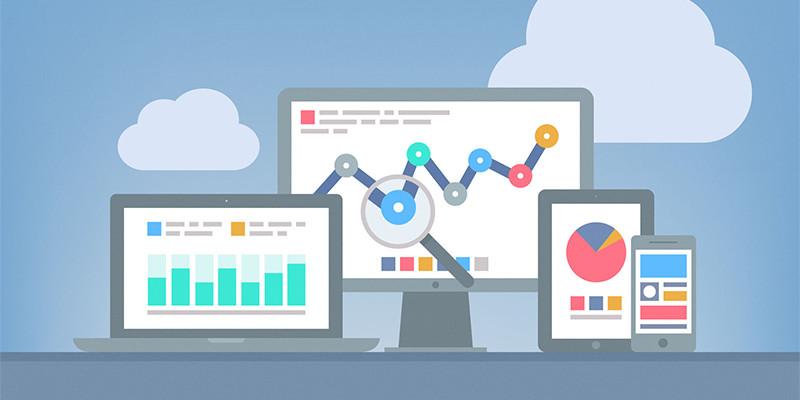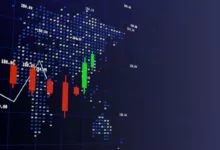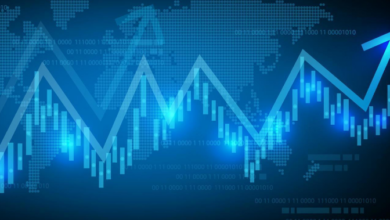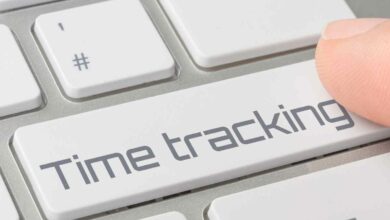What is retail analytics and the use cases of retail analytics

Today data is considered as a significant driving factor for the industries. Large corporations from a variety of industries hope to exploit the data’s usefulness. For everyone trying to make profitable business decisions, data is now crucial. Additionally, a thorough examination of a massive amount of data enables us to influence or, more precisely, alter the choices made by customers. Various information flows and communication channels are used for this.
The retail industry is expanding quickly. Retailers are able to examine data and create an odd psychological portrait of a customer in order to identify their weak points. A customer is hence vulnerable to being taken advantage of by corporate tactics.
What is retail analytics?
Retail analytics is the practice of monitoring company information through data analytics including inventory levels, consumer behavior, sales figures, and more, in order to make more strategic, educated decisions. This involves offering information to comprehend and improve the retail business’s operational procedures, sales patterns, consumer behavior, and overall performance. Due to the high standards that consumers have for retail today, businesses must satisfy these growing demands with tailored omnichannel offers, effective procedures, and prompt adaptations to emerging trends—all of which call for retail analytics.
6 high value use case for retail analytics:
- Behavioral analytics or consumer behavior
Thanks to people-tracking technology, retailers can now readily assess in-store or online shopping behavior and evaluate the success of merchandising initiatives. Several customer engagement points can provide data. These include online shops, social media sites, credit card swipes, and other transactions. Retailers today have sophisticated access to a wide range of customer data.
Retailers may now create prediction models to link previous behavior and demographics using this information, as well as data points gathered from earlier marketing and advertising initiatives. These models are designed to assign each consumer a score based on how likely it is that they will purchase specific goods.
Additionally, this entire data-based approach offers merchants vital insights into identifying their high-value consumers, calculating the CLV, determining a customer’s motivations for making a purchase, their buying habits, their preferred channels, and other topics. With this information, retailers may not only create personalized offers but also keep new clients. Loyalty programs that encourage people to choose you over the competition serve to perpetuate this. Retailers can identify drifting clients and those who may become devoted long-term users by using retail analytics.
- Customer segmentation & journey
Using data-driven insights, retailers may be better able to comprehend each customer’s profile and history. You can observe consumer behavior to learn more about your top clients’ purchasing patterns and how they interact with your retail advertising.
Targeting customers and segmenting them are both made easier with the use of retail analytics. A retailer can use affinity analysis to group its customer base according to traits they share. Response modelling is a tool that retailers can use to analyze previous marketing initiatives and consumer feedback to determine whether a strategy will be successful going forward. Contrarily, churn research reveals the percentage of clients lost over time as well as the potential revenue lost as a result.
- Supply chain and inventory management
One area that is occasionally disregarded is the back-office operations. The worst dread of every retailer is having obsolete stock. Enhancing supply networks will increase operational effectiveness. Retail analytics provides answers to issues like what to store, when to store it, and what to trash and when. Other problems include running out of in demand commodities or piling up on slow-moving items. These revelations increase effectiveness and reduce costs. This uncertainty and any purchases based solely on a hunch are thus eliminated by predictive retail analytics.
Predictive pricing
One of the most potent forces in commerce is price, and merchants now have a greater understanding of it because to the growing availability of data and analytical tools. Retailers can now use a variety of sources to inform their pricing strategy. Along with more complex analytics like weather forecasts and real-time customer behavioral data, fundamentals like product cost and competition price are incorporated. With the use of this information, merchants may utilize analytics to estimate the appropriate sale time, discover customer price tolerance, and establish other important components of their pricing strategy.
- Personalizing the In-Store Experience
In the past, there was no real means to gauge the precise impact of merchandising decisions; it was thought of as an art form. As online sales increased, a new practice of consumers physically researching things in-store before making an online purchase later on emerged.
People-tracking technology has made it possible to assess consumer activity in-store and gauge the success of promotional campaigns. With the aim of increasing sales across all channels, retailers may use a data analytics platform to make sense of their data and optimize their merchandising strategies, customize the in-store experience with loyalty apps, and generate timely offers.
In a nutshell
Massive collections of organized and unstructured data can be quickly gathered and explored in order to find new correlations, trends, customer insights, and other useful business information. It is becoming more and more crucial for retail organizations to find quicker ways to transform their raw data into analytics-ready for really actionable analytics if they want to maintain a competitive edge in an expanding market.












